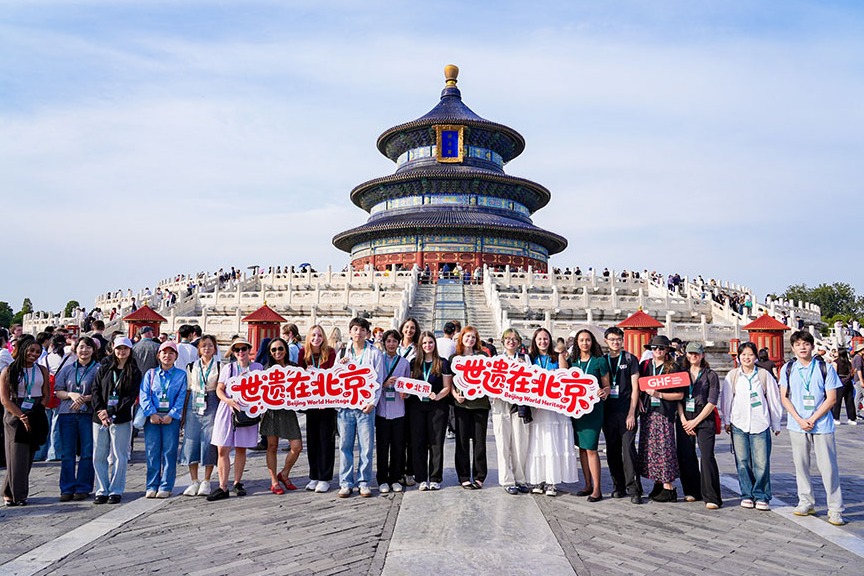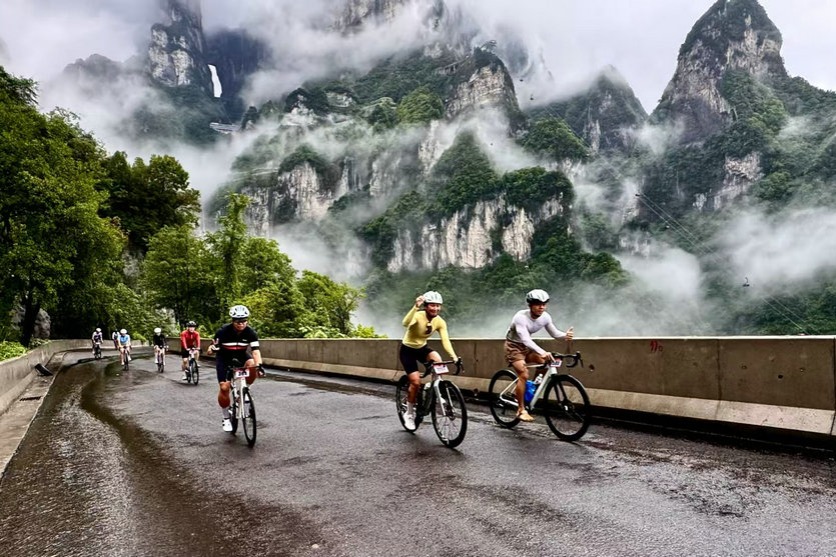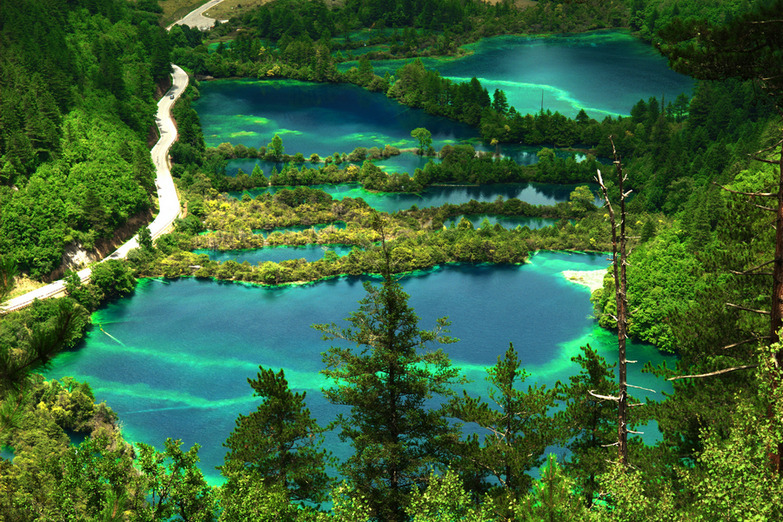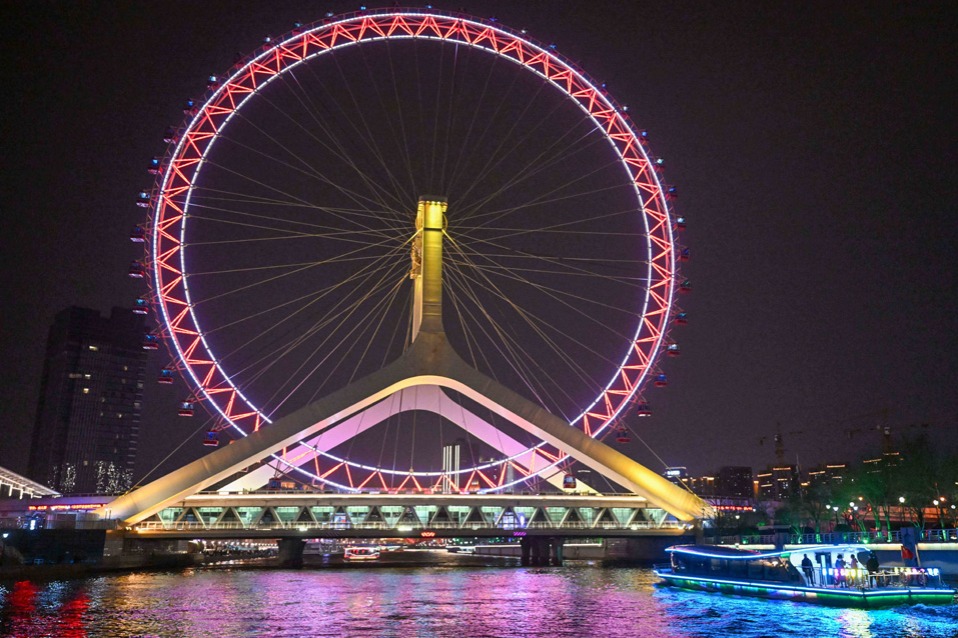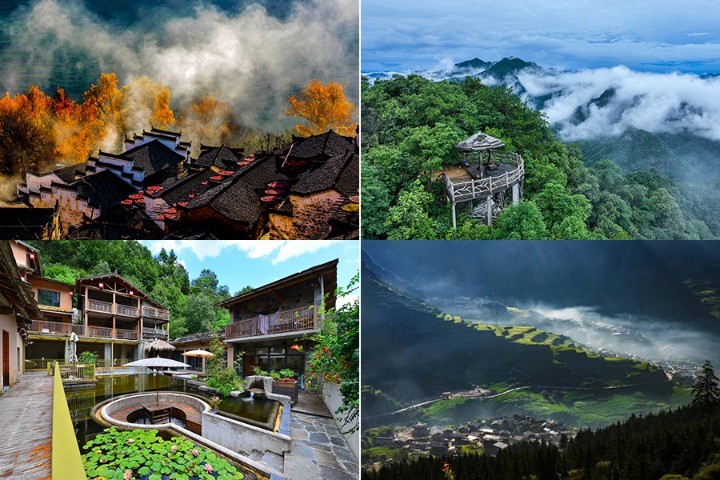Yangtze River: Lifeline of China's growth and culture
From economic strategy to ancient civilization, the waterway shapes national development


The Yangtze River, a mother river of the Chinese nation and a core pillar of the country's development, is the world's third-longest river and the longest in China.
Originating from the main peak of the Tangula Mountains on the Qinghai-Tibet Plateau, it stretches over 6,300 kilometers. Flowing west to east, its main stream passes through 11 provincial-level regions, before emptying into the East China Sea, while its tributaries extend into eight provincial-level regions, including Guizhou, Gansu, and Shaanxi.
Economically, the river underpins national strategies such as the development of the Yangtze River Economic Belt and the integrated development of the Yangtze River Delta.
As a vital conduit connecting the Silk Road Economic Belt and the 21st Century Maritime Silk Road, it plays an irreplaceable role in China's economic and social progress.
Culturally, the Yangtze River Basin is one of the primary cradles of Chinese civilization. With a continuous cultural legacy since the mid-to-late Paleolithic Age, it has been the stage for pivotal historical chapters, such as the Bronze Age Sanxingdui culture, the Iron Age Qin-Han cultures, modern industrial culture, and the revolutionary culture associated with the foundation of the Communist Party of China.
The basin is also a strategic freshwater reservoir for China. Through monumental projects like the South-to-North Water Diversion, its abundant water resources are channeled to vast areas beyond the basin, safeguarding national water security.
Furthermore, the basin serves as a major hydropower base and is endowed with rich wind, solar, biomass and geothermal energy, solidifying its status as a critical zone for China's new energy development.

















